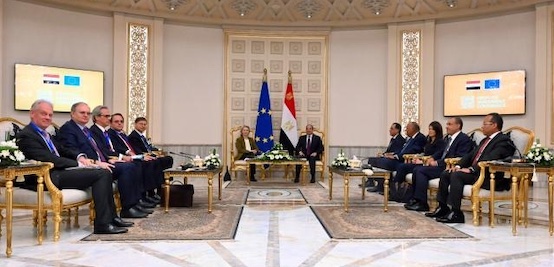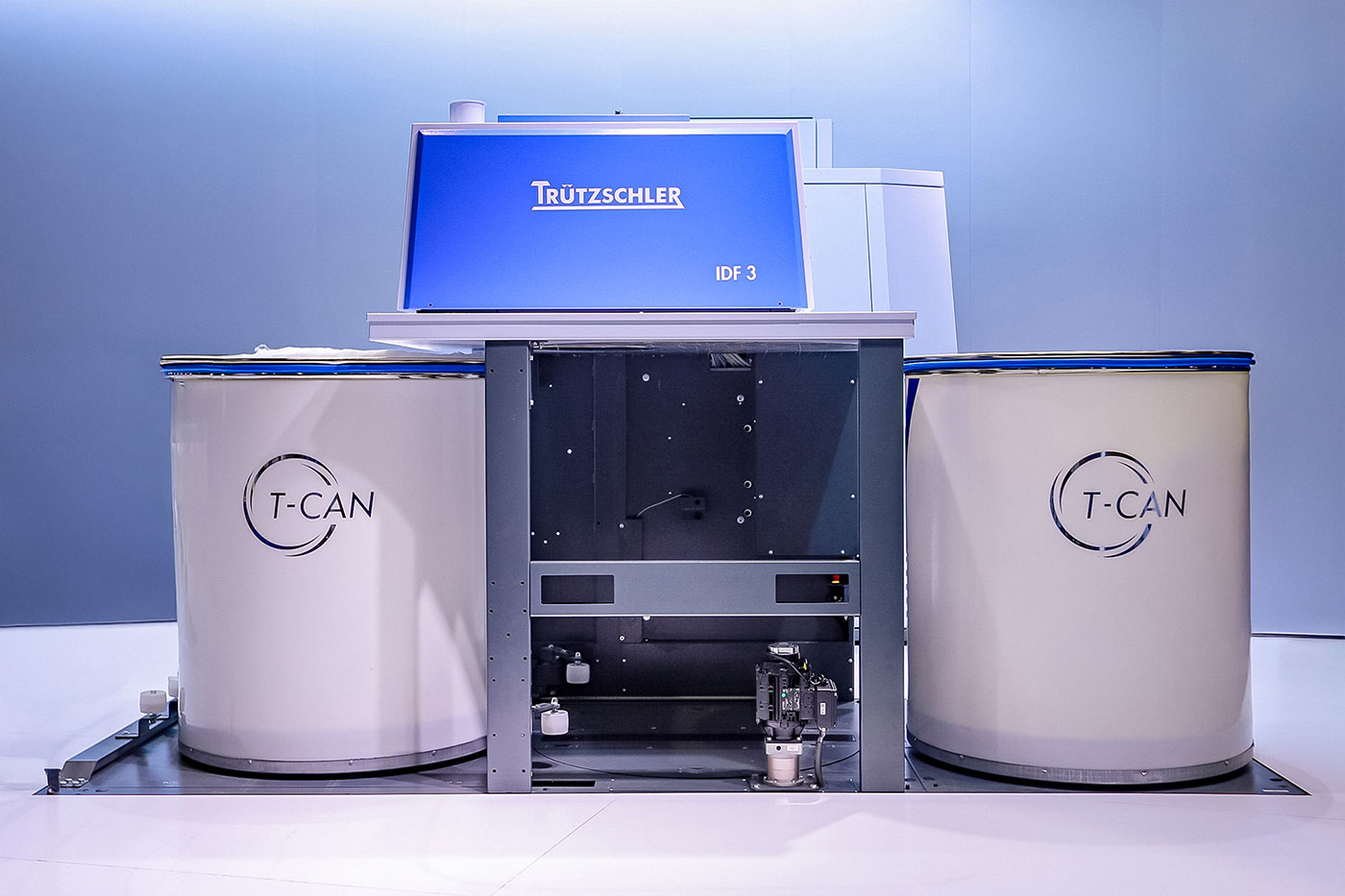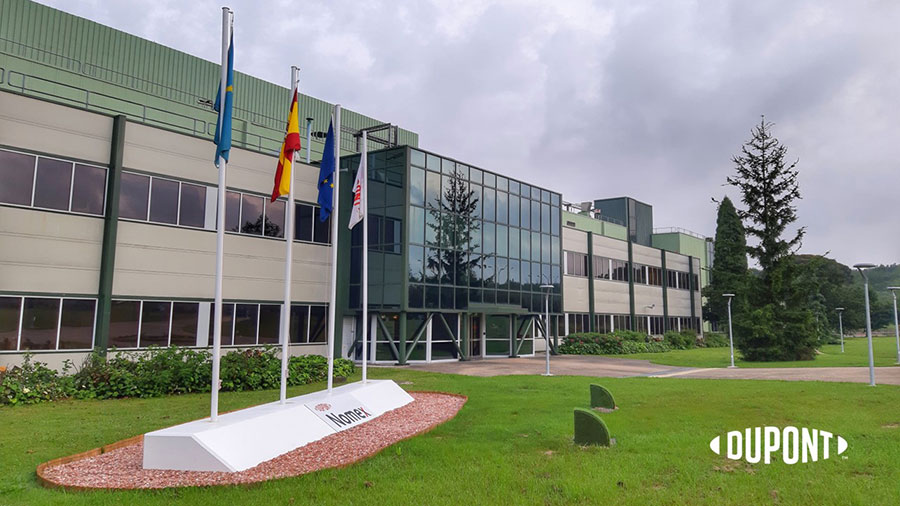#Textile chemistry
The gold standard PCF Guideline is now complete

In September 2022, Together for Sustainability (TfS) launched an important chapter of the first-of-its- kind guide for the chemical industry: the PCF Guideline. That chapter is a step-by-step guide to help chemical suppliers calculate PCFs in a harmonised way – and it is the new gold standard for doing so.
Now, TfS is completing the picture with the launch of the remaining chapters of the PCF Guideline – Chapters 1 through 4. In addition to providing helpful information on how to use the Guideline, these additional chapters show how any corporation using chemical materials can incorporate suppliers’ PCF calculations into corporate Scope 3 Category 1 (Purchased Goods & Services) reporting.
Currently, most corporations – inside and out of the chemicals industry – are using average information, often from databases, to estimate their scope 3.1 GHG emissions. To drive improvement, we need to enable them to incorporate supplier-specific information to quantify scope 3.1 emissions. On top of that, it’s important to be able to capture improvements that are delivered in the value chain – by specific suppliers, for example – to compare products, empower procurement staff and incentivise innovation.
Now in its complete form, the TfS GHG Guideline shows how to make product-level calculations, and crucially, how to then bring those up into the corporate scope 3.1 GHG inventory. The two types of calculations are strongly related, but gaps exist in current product and corporate standards. Sometimes it can be difficult to relate the two aspects – especially in some situations unique to the chemicals industry – but in this specific and detailed Guideline, TfS has developed methods that make the process as smooth as possible.
We’ve developed it as a ‘one-stop shop’ for scope 3.1 that can be dropped into existing systems. Of course, since it is open source, it can also be used beyond the industry by those with similar challenges. As well as setting the context, we’ve included a signposting in the new content that helps readers navigate the guidance, no matter their starting point. Then, Chapter 3 walks readers through relevant reporting principles, helping corporations prepare and use the calculations derived from their PCFs.
Chapter 4 is the major new addition. In it, TfS provides detailed and practical information on how corporations should use PCF data from their suppliers at the level of the corporate scope 3.1 inventory. TfS has done this with a specific lens on the chemical industry – for example, TfS addresses how to handle industry-specific scenarios that include toll manufacturing, swaps, joint ventures, recycled content, biogenics and offsets. TfS will handle some aspects through an additional white paper, suggesting new approaches for corporate reporting beyond existing standards.
One of the most important advancements with the release of the additional chapters is making PCF calculations more actionable. This also includes the first update to the initial release of Chapter 5. TfS builds on existing frameworks such as the GHG Protocol, bridging information gaps and reformulating guidance as needed to translate for the chemicals industry.
With more accurate data, corporations will have a clearer picture of their upstream supply chain emissions, making collaboration with their suppliers much easier. And by sharing accurate PCF data, suppliers can better identify areas for improvement, and see the benefits of that work reflected in reduced emissions measurements.
The PCF Guideline is a key part of the TfS Scope 3 GHG Emissions Programme, and its launch is a major milestone for the organisation. Of the 40 member companies, over 25 contribute to the programme.
The quality of the entire PCF Guideline is due to the expertise and knowhow of the cross-sector experts who contributed to developing it. Throughout its development, a wide range of individuals – including experts in procurement and sustainability, and partners from NGOs and suppliers – collaborated to find consensus and identify the best solutions.
Together, we’ve created a resource for the industry, by the industry. TfS will regularly review and update it, in line with developments in international standards and related guidance. And, just as they developed this first PCF Guideline through a transparent and collaborative process, they look forward to integrating feedback from users into future versions.
Explore the fully released TfS PCF Guideline now:
https://www.tfs-initiative.com/app/uploads/2022/11/TfS_PCF_guidelines_2022-interactif-pages.pdf














